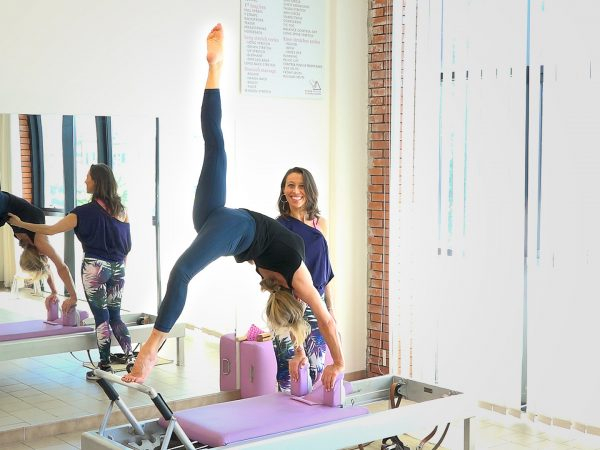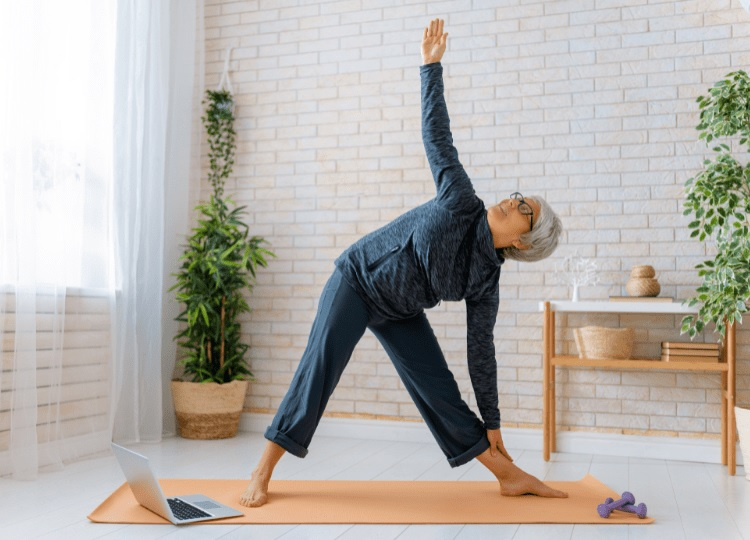Is it necessary to be flexible in doing Pilates?
Without a doubt, no. This is one of the most common questions about Pilates. Flexibility is necessary for good mobility, but it takes time to develop. Meanwhile, there are always adaptations you may utilize to complete all of the workouts and achieve your objectives. You may learn and establish optimal movement patterns for everyday tasks via regular Pilates practice, lowering your risk of injury. This is especially crucial for the elderly, as their strength, flexibility, and agility can all deteriorate as they age.
How does Pilates improve flexibility? The pilates technique is a safe blend of static and dynamic stretching exercises that promote flexibility. Stretching exercises have neurophysiological features, according to Phrompaet et al. Soft stretching of tissues and muscles stimulates the Golgi tendon organ, resulting in sarcomere lengthening when the Pilates posture is used. Repetitive stress increases the plastic deformation of tissues in the elastic range, allowing the collagen fibers to gradually reorganize. Flexibility or stretching exercises are important for improving functional quality of life, and performance, and reducing injury and suffering. Pilates is a tried-and-true approach for building flexibility, which becomes more vital as we get older. If your body creaks a little as you stretch, it's time to look into ways to enhance your flexibility.









